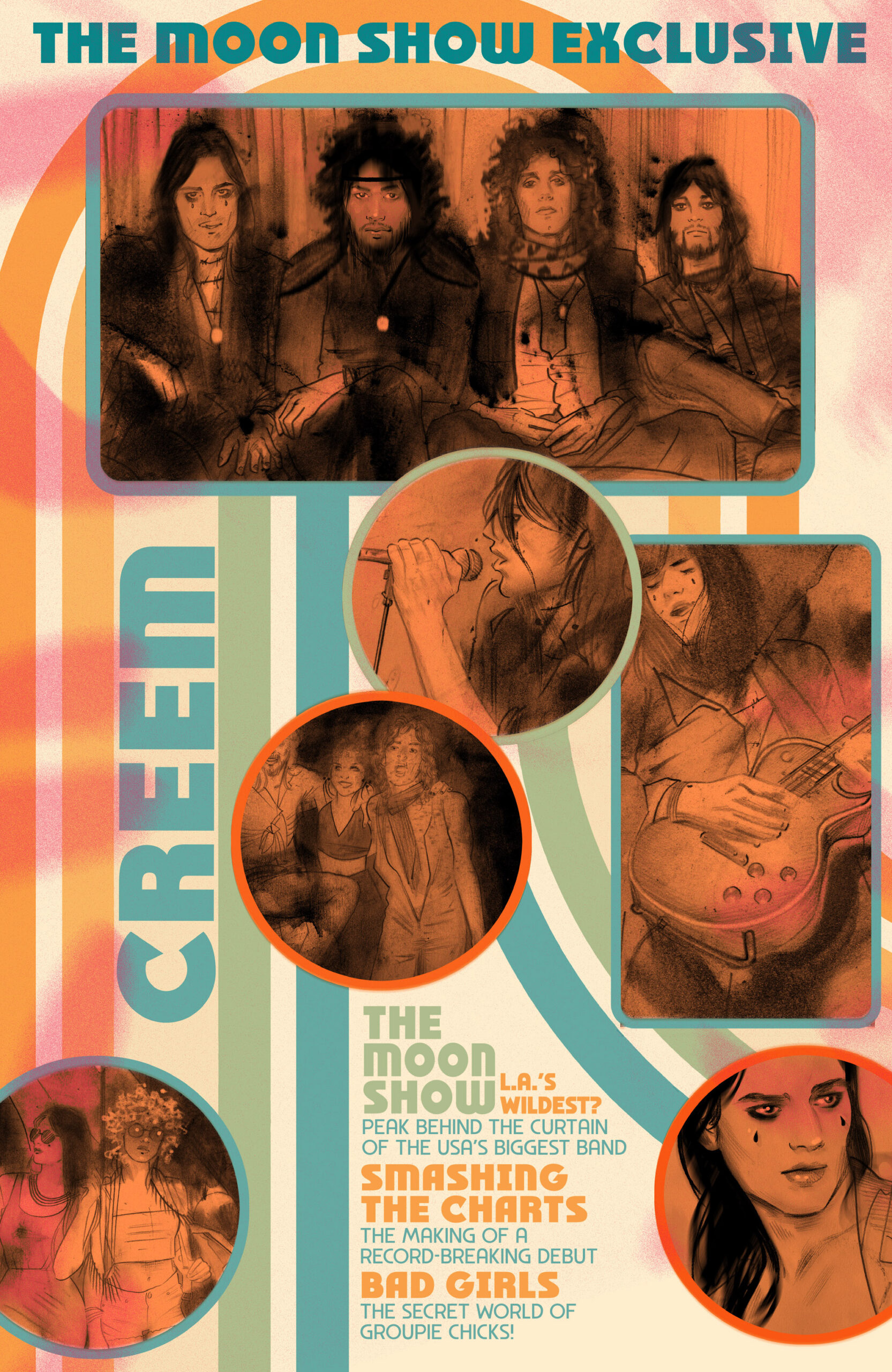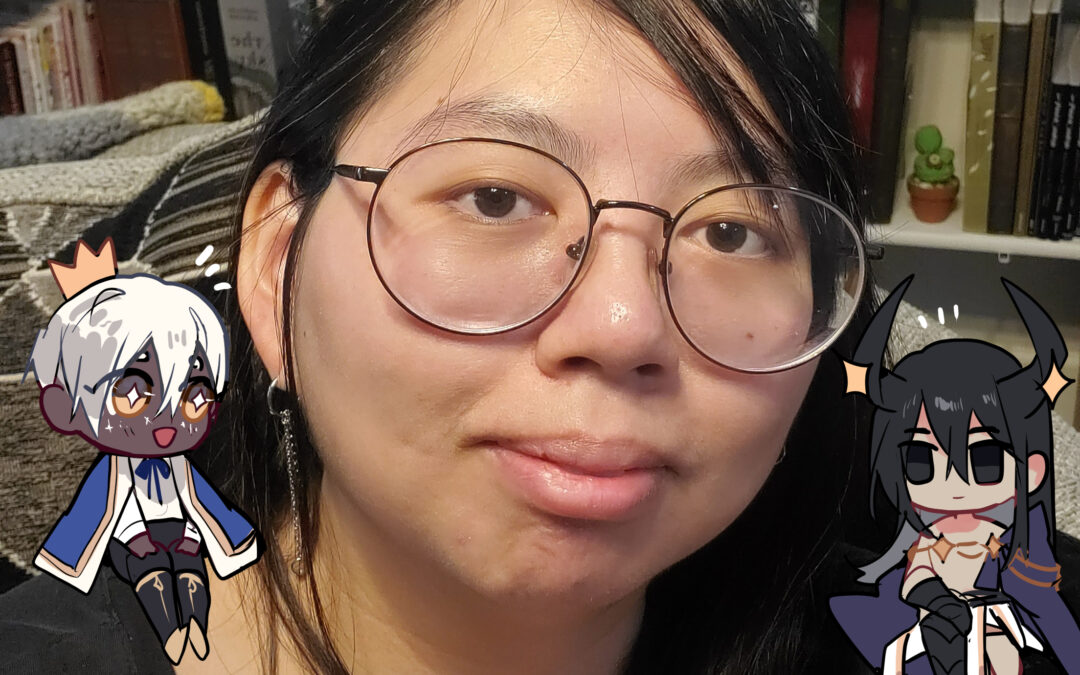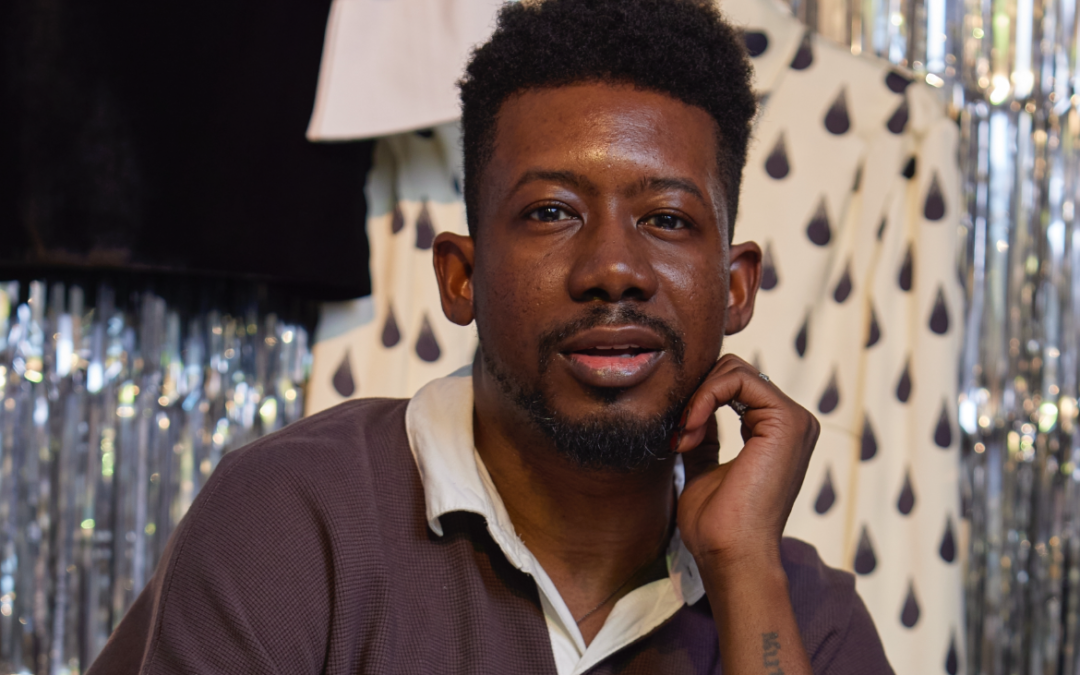Myths of the gods and their worshippers – the latter, typically of the feminine persuasion – at their feet have captured the human imagination for centuries. Whether they are devoted disciples, artist’s muses, or, like the subjects from this review, groupies using their erotic prowess to gain access to the creators of the music they love, the lore of these women of passion inspire delight and outrage just as much, if not more so, than their idols. Too often, even in this year of 2025, we lack the points of view from the women themselves. In Groupies, the five-part Comixology series by Helen Mullane and Tula Lotay, that changes. Each comic focuses on the perspective and experience of one of the groupies following the band The Moon Show in late-1960’s/early-1970’s on the Sunset Strip. Instead of the tired and sexist mythos of the kinds of women hanging with the band, we get a glimpse into the adventurous spirits, deep insecurities, unrequited loves, rewards, and terrifying sacrifices that come with choosing that life.
The comic’s writer, Helen Mullane who began her career in film, has said the idea for Groupies “was born out of my finding these old magazines from the seventies, and frankly being a bit shocked by the content of some of the interviews! In it, there were these girls who were so cynical and unromantic, and who saw ‘balling’ rock stars like a competitive sport. It sent me down a rabbit hole of groupie interviews and autobiographies that made me realize how flat and unrepresentative our cultural picture of groupies really are. I became really fascinated by this diverse group of women, some of the most glamorous, hip and forward thinking girls of their age,” (https://conskipper.com/groupies-writer-helen-mullane-the-conskipper-interview/).
Chapter Four, narrated by a groupie named Morgaine, opens with her going down on one of the other young women, Gaia. We learn that the two approach their groupie-dom as a team as opposed to most of the others who’s goals are to get the members of the band all to themselves. We also learn that Morgaine could give a shit about the band and only hangs around because of her feelings for Gaia. Feelings that may not be reciprocated in the ways she truly wants so she swallows them down and takes what she can get. By this point in the series, the women have been on the road with The Moon Show for some time, one of their compatriots has gone missing, another is in the midst of a deeply abusive dynamic with the lead singer, and Gaia is still trying to recover from a bad psychedelic trip where visions of the band members’ involvement in satanic rituals haunts her. The liminal space created by the psychedelics along with the music and general atmosphere of tour life is strong enough to make any of them gaslight themselves about nearly anything they see and experience.
According to, both, writer Helen Mullane and illustrator Tula Lotay, horror through the specific lens of the Satanic Panic of the 70’s and 80’s seemed an obvious vehicle to explore the lives and choices of these women as well as that liminality between sexual submission and empowerment. In doing research on groupie culture, the creators were led to bands like Led Zeppelin, who were one of the biggest attractors in their heyday. “I feel like their vibe and the level of obsession they managed to garner from so many women, it just kind of felt like the center of that sort of groupie world,” says Mullane to Bryan O’Neal of Cryptic Creator Corner. Lotay adds, “The dialogues that are coming out now where women are being heard a lot more, the stuff that was going on with those bands at that time… it kind of brings up some really difficult conversations about what is appropriate now and what was seen as normal back then. A lot of our favorite musicians kind of, looking back and thinking, ‘Oh my god.’ And we still choose to enjoy this music. For me, anyway.” (https://cryptidcreatorcorner.com/episode/helen-mullane-and-tula-lotay-interview-groupies). The horror, then, not only lies in the ways that those with power and status can, in some cases, get away with murder but in the question of complicity from the audience/reader in the dehumanizing of these women as well.

It is in Tula Lotay’s illustrations that whirl us around on this twisted and magical ride. A regular contributor to Marvel, DC, and many others, her work in Groupies evokes a kind of time transcendence where the story and characters could exist then, now, or in the future. The only clues of the period lie in a panel zoomed in on an old handheld tape recorder here and some dated lingo – “Sweetie… everyone thinks you’re a drag” – there. Vibrant purple hues pulsate through the pages, blurring the lines between the shadowy glow of a dark music venue until they burn orange and dark reds in the underbelly tearing the young women – sometimes literally – apart. You can almost feel the stickiness of the floor in front of the stage or inhale the smell of warm beer as if it’s wafting off the page. The lyrics to The Moon Show’s hit song ribbon through the panels and wrap themselves around the listeners while ensnaring the next human sacrifice.
Groupies is a ride that does not shy away from wild eroticism and gruesome violence. We follow these women on their misadventures as they know, in some ways, what they are in for. Their brash, sensitive, and complex spirits makes their stories and connections fascinating to behold. It makes one wonder about devotion – to ourselves, to others – the possibilites it can open us up to and the ways it can destroy us. This series provides an interesting commentary on the dynamics of the worshipped and the worshippers and is a great read for those in the mood for sexy scary times.







0 Comments